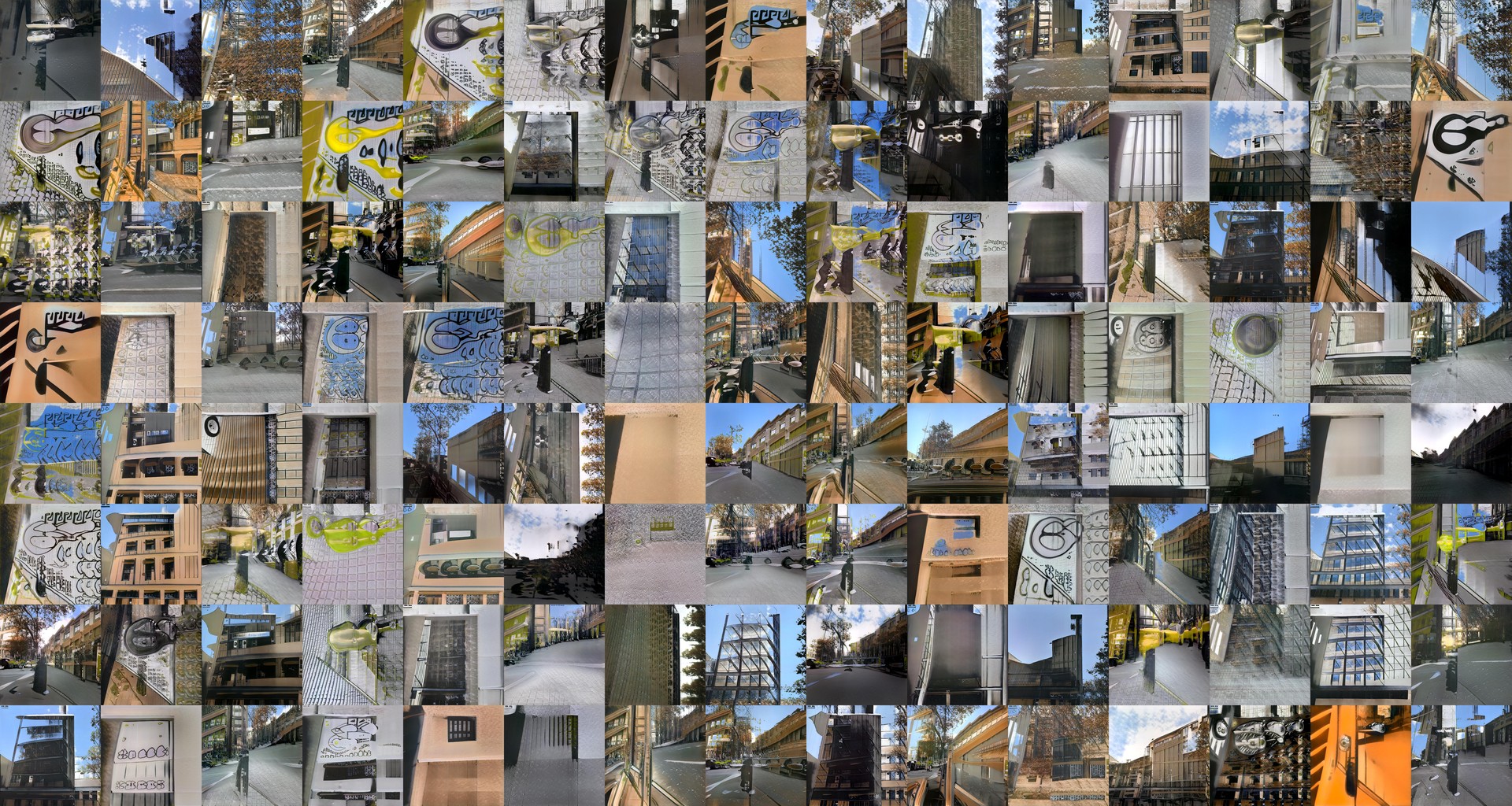Extended inteligences - Week 1 and 2
Two weeks of extending our intelligence by being introduced to a world that we are living with, a world that is always in-front of us, but never really visible for us, for the “every day users”… to the world of Neural networks, the anatomy of AI systems and data sets.
We were introduced to this world by guest lecturers: lecturers from the Taller Estampa and Lucas Lorenzo Pena and Ramon Sanguesa. Taller Estampa is a very eye opening and curious studio and artistic collective of programmers, researchers and filmmaker who are dealing with critical and archeological approach under the sake of experimental audiovisual and digital environments.
After presenting our almost useless machines on Monday we dug deeper in the field machines and their intelligences. Every day consisted of two parts: studying about a new tool in the morning and implementing the knowledge in the afternoon. Which was really eye opening and also confusing for me at the same time… Many of these approaches made me think to iterate from my very analog way of data collection / data bases and conversion in my researches to the usage of Neural networks and their capacities (I will define one of these later in my reflection), although I had no knowledge about it before.
On the very first day:
- we got an overview on the history of Intelligences, from the 50’s until now days - from AI to deep learning.
- We studied about its “skeleton”, the Neural networks, the data sets and about their training - which actually gave me a “partner” who I can collaborate with on any implementation of my projects.
When talking about these systems we cannot turn a blind eye on the topics of autonomy, our responsibility and the biases that are included in these systems. For example when we created a dataset to train an AI system we have to be aware of its limits, like how homogenous it is and what kind of “black and white” output can it lead to. This reminded me to a research I’m really interested in from MIT Media Lab called: Coded Bias (“CODED BIAS explores the fallout of MIT Media Lab researcher Joy Buolamwini’s discovery that facial recognition does not see dark-skinned faces accurately, and her journey to push for the first-ever legislation in the U.S. to govern against bias in the algorithms that impact us all.” - https://www.codedbias.com/about)
So on that afternoon we also started experimenting on human (and on our) faces by datasets. We created our alternative versions of ourselves, by a dataset provided by Neural networks.
On that afternoon we also had to collect many pictures from Poblenou, and our teacher created a dataset from those. The trained AI created clusters in the dataset, like based on the specifications of our pictures. Just like in an other dataset which consisted of the last 100 pictures of our own camera-rolls, such as portrait, food, landscapes…

These methods made me think to use this neural network in our current design intervention as a side output: from the data we collected from people: their own learning paths through their lives, generate many new “alternative learning paths” by the help of the network. - My inspiration came from Taller Estampa’s project called: Espais Latents.
Besides, thinking of personal usage of these tools, we also had to come up with a speculative project using neural networks. We formed a group called Speculart and we created speculative datasets to observe and understand how popular music and art styles have evolved together throughout time, and predict what that might look like in the future. You can read about our project here:
Extended Inteligences
The next week we went even deeper in these topics and thanks to our lecturers we could understand these from a more theoretical point of view. Now next to the knowledge of these tools I got a more critical point of view about these, by considering its ethics and the boundaries of these systems. While studying about these we have to consider, when using the tools and knowledge we acquired, with a new group we have to came up with a tool we would use AI for. Our group came up with the idea of Freud(e) (explanation of the name: the combination of the Austrian neurologist and the founder of psychoanalysis and German word of happiness.) It tries to help you and maybe you can reach some kind of wellbeing with it… So our speculative design is a is a set of wearables and a “robot” interface that analyses data from your body, your environment, your social life and t helps you to understand the possible reasons of your current state and shows you opportunities to feel better.
Designing with AI
With a with a strong emphasis on its moral aspect, considering really common phenomenon, the so called data anxiety. By speculating about this paradox we wanted to create a dialogue between us about this kind of boundary of the rising intelligences.

